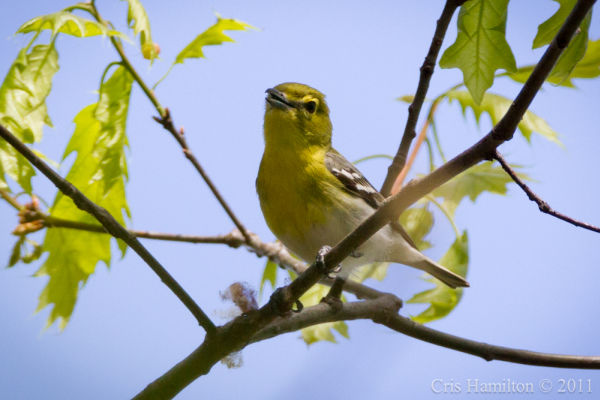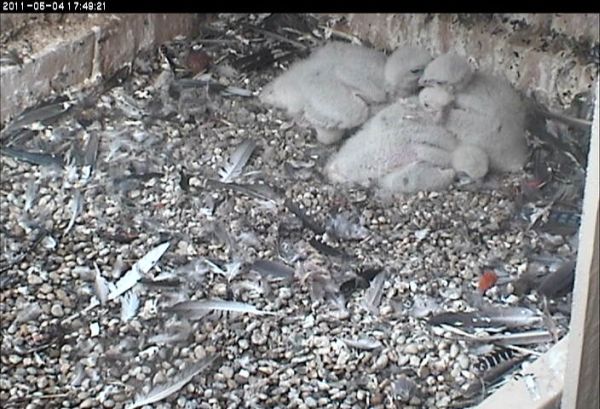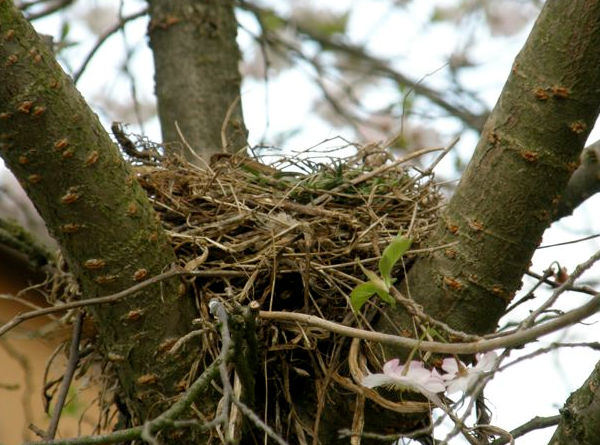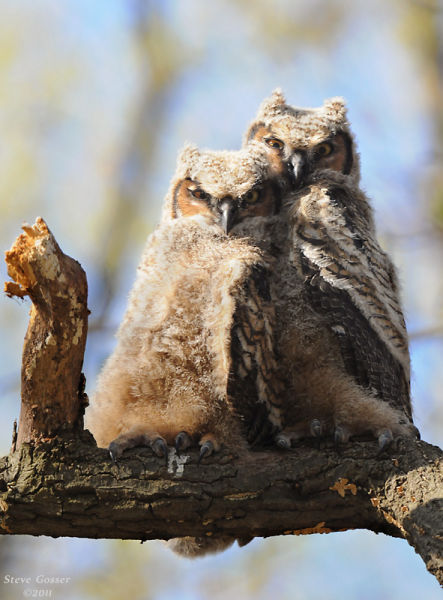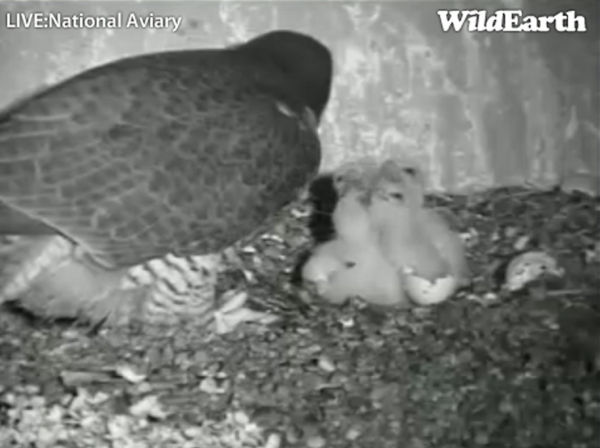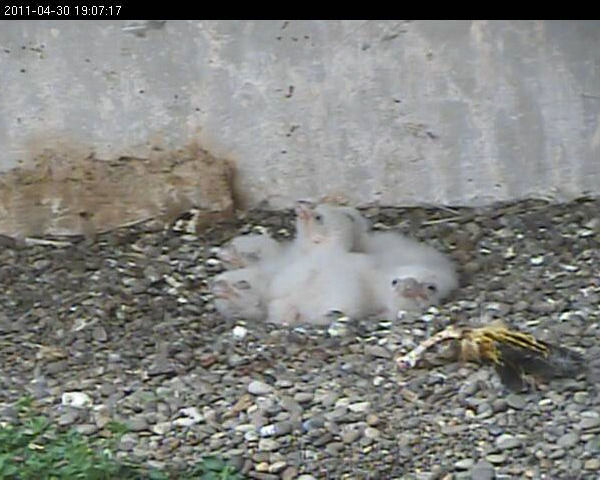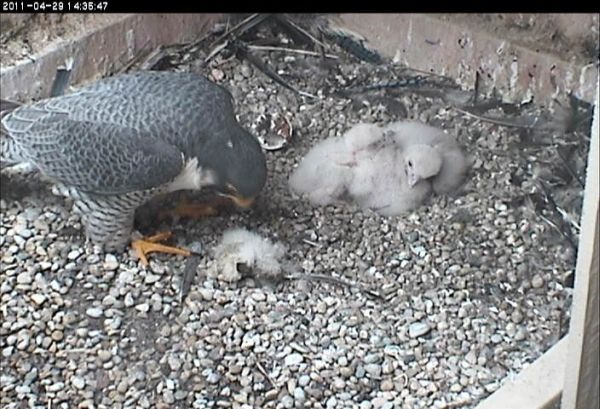
Last Friday a webcam observer remarked on the Aviary’s Facebook page, “The female just flew off the nest with a dead chick. Only two are left in the nest now.”
The Aviary sent me the news right away but I was away from email on Friday and didn’t find out until evening. I checked both nests immediately. Gulf obviously had five babies. At Pitt I could only count four but it was hard to see because of the camera angle. One thing was certain. Both nests had more than two chicks.
Saturday morning I still saw only four chicks at the Cathedral of Learning so over the weekend I asked a small group of avid webcam and fledge watchers, “Can you see five chicks at Pitt?”
None of us could reliably see five but none of us were sure. By this morning I was still seeing only four so I asked my friends to check the video archives.
Thanks to Donna Memon and Jennie Barker we now have photos showing that one of the adults (looks like E2) removed a dead chick from the nest around 2:30pm on Friday April 29. Here he examines it one last time. Earlier snapshots indicate it died overnight April 28- April 29 because it was dead at the 6:16am feeding.
Alas, these things happen. Sometimes we like it. Sometimes we don’t.
p.s. Thanks to Friday’s sharp-eyed observer we knew that we ought to check the cameras. To see video of this activity, watch the Cathedral of Learning Archive video called “E2 removes the dead chick.”
(photo from the National Aviary snapshot cam at the Cathedral of Learning)


